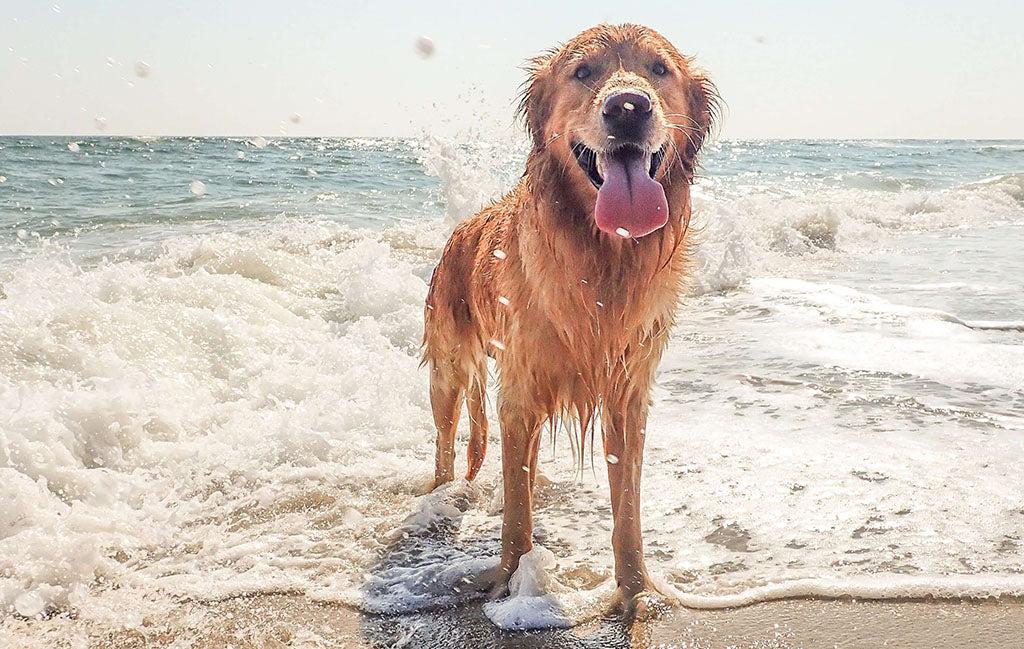These common end of life signs that your dog is dying may help you to prepare and make the most of the precious time you have together.
- Home/
- Dog/
- Health & Wellness/
- 7 Dog End of Life Signs in Dogs: How To Tell If Your Dog Is Dying
7 Dog End of Life Signs in Dogs: How To Tell If Your Dog Is Dying

As terribly sad as it is to think about our dogs passing away, if you are concerned that your dog may be approaching the end of their life, these common signs that your dog is dying may help you to prepare and make the most of the precious time you have available to spend with your precious pup.
In this article, we answer the question “What do dogs do when they are about to die?” Dogs exhibit various behavior changes as they approach the end of their lives. These changes can indicate that a dog’s quality of life is declining and they are preparing to pass on. Knowing the common signs your dog is dying may be helpful as you support and care for your pup.
7 Common End of Life Signs in Dogs
As difficult as it is to consider the signs your dog may be approaching the “rainbow bridge”, knowing what behaviors to look out for will help you ensure they receive all the care and attention they need at this time:
Decreased Appetite and Thirst
A loss of interest in food and water is one of the most noticeable signs your dog is dying. This can be due to discomfort or a lack of energy to eat and drink.
Lethargy
Dogs nearing the end of their life often become extremely lethargic. They may spend most of their time sleeping or lying down and show little interest in activities they once enjoyed. You may even notice altered sleep patterns – sleeping more during the day and becoming restless at night is one of the most common end of life signs in dogs.
Isolation
There is a common belief that many animals know when their time is coming to an end and will increasingly seek solitude. They might hide or withdraw from family members, seeking quiet, undisturbed places. This may be due to an instinctual behavior passed down from their ancestors, or some pet parents like to believe it is their pet’s way of sparing them the sadness of what is about to happen.
Restlessness
Some dogs may become restless or agitated, pacing or changing positions frequently as they try to find comfort.
Loss of Interest in Activities
A clear sign that your dog’s health is declining is their lack of interest in toys, walks, and other activities they once enjoyed. Particularly if your dog is in their golden years, walking may become difficult due to stiffening or arthritic joints.
Difficulty Breathing
Labored or irregular breathing can be a sign of your dog’s impending death.
Incontinence
Loss of bladder or bowel control is another sign that your dog’s health is deteriorating.
Conclusion: Spotting The Signs Your Dog Is Dying
These end-of-life signs in dogs indicate a decline in both their physical and mental health, requiring pet owners to provide extra care and attention.
Old dog behavior before death can be slightly different from that in a younger dog, but all the signs above can be relevant.
Seek advice from your veterinarian if you notice any of the above signs – no matter what age your dog is. They will be able to inform you of any supportive care you can offer your dog if these are indeed signs your pet is approaching the end of their life.
 B
B



